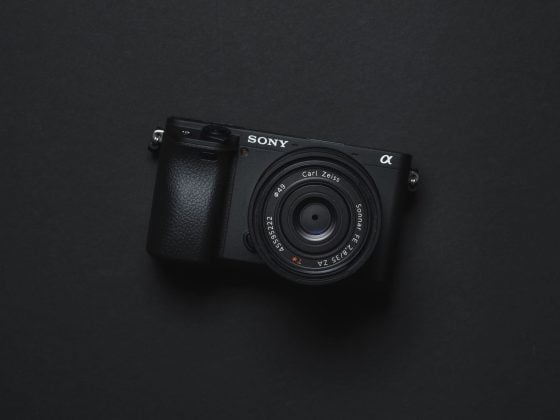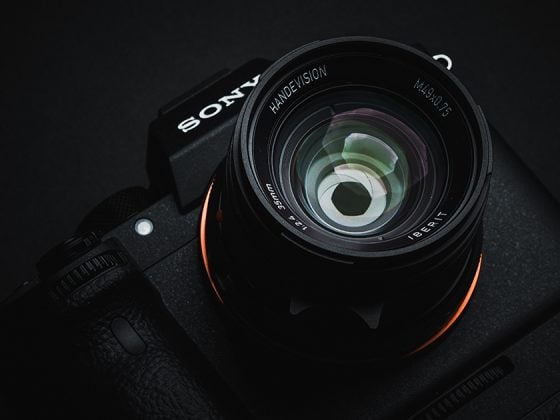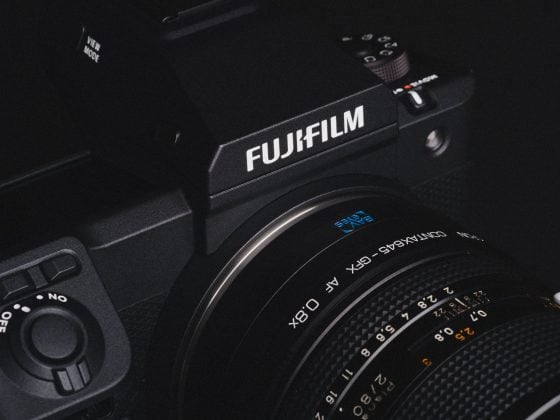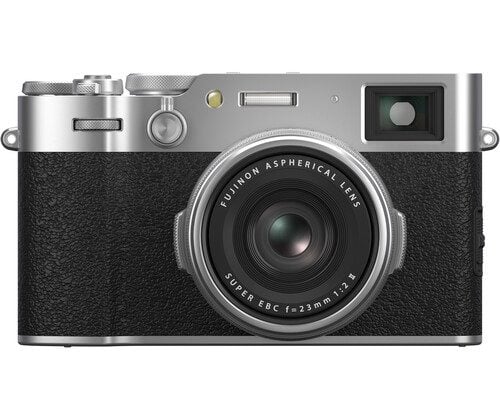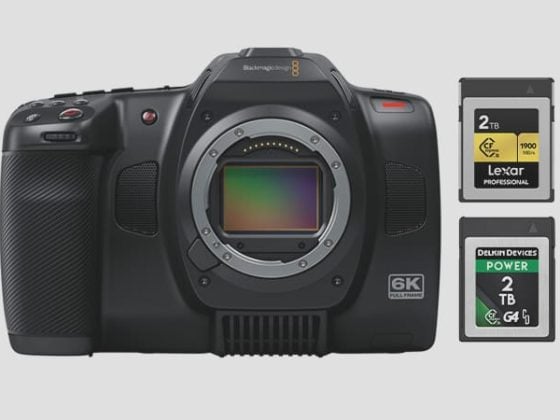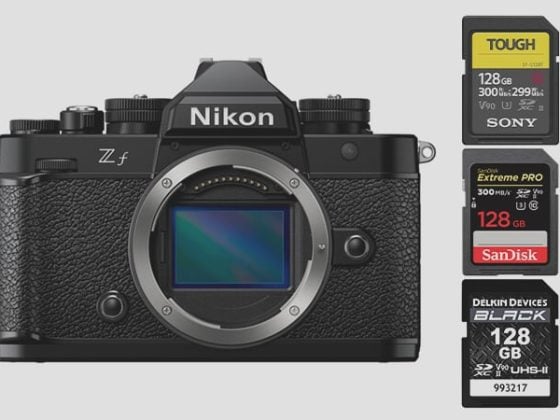An in-camera speed test between all the most popular memory cards tested for the Fujifilm X-F10.
Use this guide to find the best and the fastest memory cards for the Fujifilm X-F10.
Camera Specs
Sensor: 24.2MP APS-C CMOS Sensor
Memory Cards: Single Slot UHS-I
Continuous Burst: 6fps
Video: 1080p at 23.976p/24.00p/50p/59.94p
Buffer Size: 256MB Est.
Shots To Fill Buffer: 5 RAW (Sandisk Extreme Pro)
Time To Clear Buffer: 5:07 (Sandisk Extreme Pro)
Fujifilm X-F10 – Amazon / Adorama / BHphoto
Table Of Contents
Best Memory Cards Fujifilm XF10
Quick Memory Card Recommendation ListCheck prices they bounce around a lot between brands. These are all great cards. |
Top PerformersSandisk Extreme Pro 170MBs U3 – Amazon |
Usually Less Expensive But Still Great |
Memory Card Speed Test
| Memory Card | Speed Class | USB Read | USB Write | Fujifilm XF10 | Order |
|---|---|---|---|---|---|
| Sandisk Extreme Pro 170MB/s U3 | UHS-I | 99.2 | 88.3 | 43.96 | Amazon |
| Sandisk Extreme Plus U3 | UHS-I | 99.3 | 88.2 | 41.93 | Amazon |
| Sandisk Extreme U3 | UHS-I | 99.3 | 56.8 | 31.47 | Amazon |
| Sandisk Ultra U1 | UHS-I | 99.5 | 34.3 | 20.37 | -- |
| Kingston CanvasReact A1 U3 | UHS-I | 99.6 | 82.5 | 34.94 | Amazon |
| Kingston CanvasGo! U3 | UHS-I | 99.6 | 74.0 | 35.11 | Amazon |
| Lexar 633x U1 | UHS-I | 95.0 | 54.6 | 16.05 | -- |
| Sony Professional U3 | UHS-I | 98.5 | 60.2 | 42.36 | Amazon |
| Sony U3 94MB/s | UHS-I | 96.7 | 57.5 | 33.04 | Amazon |
| Sony U3 95MB/s | UHS-I | 96.6 | 85.4 | 39.20 | Amazon |
| Transcend U3 U3 | UHS-I | 96.7 | 87.8 | 28.62 | Amazon |
| PNY Elite Performance U3 | UHS-I | 96.7 | 66.9 | 36.15 | Amazon |
| Delkin Advantage U3 | UHS-I | 99.6 | 78.8 | 39.84 | Amazon |
| Toshiba Exceria Pro U3 | UHS-I | 97.8 | 74.7 | 39.35 | Amazon |
| Toshiba Exceria U3 | UHS-I | 97.2 | 29.9 | 23.42 | Amazon |
| Verbatim Pro+ U3 | UHS-I | 98.5 | 83.7 | 39.90 | Amazon |
| Verbatim Pro U3 | UHS-I | 96.6 | 68.0 | 14.66 | Amazon |
| Amplim 667x A1 V30 | UHS-I | 99.6 | 52.2 | 29.33 | Amazon |
| Sandisk Extreme Pro 300MB/s | UHS-II | 258.5 | 190.5 | 46.12 | Amazon |
| Lexar 2000x | UHS-II | 258.9 | 201.5 | 43.45 | Amazon |
| Lexar 1000x | UHS-II | 153.4 | 83.09 | 39.81 | Amazon |
| Toshiba Exceria Pro | UHS-II | 263.6 | 223.8 | 43.74 | Amazon |
| Transcend v90 | UHS-II | 258.2 | 164.9 | 44.24 | Amazon |
| Sony G Tough | UHS-II | 256.8 | 201.0 | 17.44 | Amazon |
| Sony G | UHS-II | 258.0 | 206.7 | 46.41 | Amazon |
| Sony M | UHS-II | 253.6 | 91.60 | 42.01 | Amazon |
| Delkin Power | UHS-II | 257.6 | 191.0 | 46.33 | Amazon |
| Delkin Prime | UHS-II | 252.8 | 89.1 | 42.32 | Amazon |
| Fujifilm Elite II | UHS-II | 259.3 | 168.4 | 44.70 | Amazon |
| Adata V90 | UHS-II | 259.4 | 187.4 | 33.30 | Amazon |
| Hoodman Steel 2000x | UHS-II | 268.7 | 183.9 | 43.97 | Amazon |
| Hoodman Steel 1500x | UHS-II | 258.1 | 169.2 | 44.45 | BHphoto |
| ProGrade V90 | UHS-II | 258.2 | 212.8 | 35.12 | Amazon |
| ProGrade V60 | UHS-II | 166.9 | 105.9 | 25.75 | Amazon |
| Amplim 1900x V60 | UHS-II | 249.8 | 104.5 | 41.27 | Amazon |
| Angel Bird V90 | UHS-II | 256.6 | 211.1 | 37.87 | Amazon |
| Angel Bird V60 | UHS-II | 166.9 | 80.24 | 35.06 | Amazon |
| FreeTail Evoke Pro V60 | UHS-II | 238.5 | 102.8 | 41.98 | Amazon |
Note: As you can see from the chart there were a few cards such as the Sony G Tough that performed very slow. I didn’t catch this when this happened but this happens a lot with the cheaper Fujifilm cameras. It has something to do with the pins not making complete contact with the card like the card is not sitting right or is dirty. If you experience your card performing abnormally slow in the Fujifilm X-F10. Eject it, clean it, and try to insert it again. This usually fixes the issue.
Top 5 Recommended Cards
Here are my top five recommended cards. These are the cards I would buy. Of course, if you want to you can buy cheaper models from the list above which also perform great with this camera.
I just think it’s a good idea to buy the top-of-the-line UHS-I cards, they aren’t that expensive and will perform better if you ever decide to upgrade your camera to one with better memory card performance.
Sandisk Extreme Pro 170MB/s
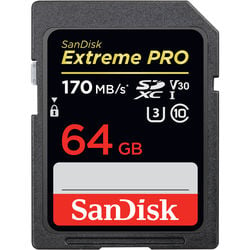
Sandisk makes one of the most popular selling cards and their reputation is the best. The Extreme Pro 170MB/s is their latest and greatest UHS-I SD card and comes with a lifetime warranty.
Sony Professional U3
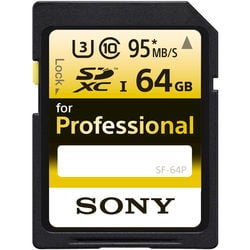
Sony is well known for its UHS-II G cards but their UHS-I cards are actually very good as well. The Sony Professional U3 is actually the second fastest UHS-I card in the Fujifilm XF10 and is often one of the fastest cards in other cameras.
Lexar 1000x
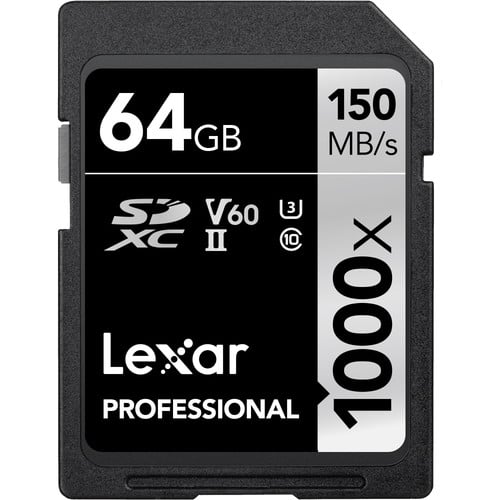
While this is a UHS-II card, it is still priced very well and works very well in the Fujifilm XF10. If you see this card at a good price don’t be afraid to try it out. It also works well in Fujifilm’s UHS-II cameras for 400Mbps video. So this could be the best option if you own multiple Fujifilm cameras.
Delkin Advantage
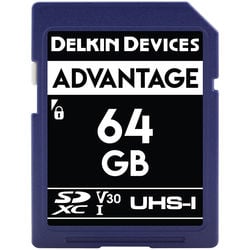
I personally use Delkin a lot. Their cards perform very well and they are often priced very competitively. Right now I’m using Delkin in a few of my cameras and I’ve never had any issues.
Kingston Canvas React
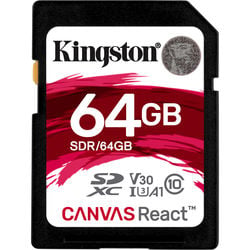
Kingston is a great brand of memory card and they have a few options now at different prices with different levels of performance. Their Canvas React card has been performing very well in various tests and it’s a card and brand I always recommend. Their less expensive Go! card is also a great option.
What Size Memory Card Do You Need?
I put together a nice guide based on specs and my experience to help you decide which size memory card to buy.
For Stills
I still recommend 64GB.
For photographers shooting only still, I recommend buying a 64GB card. I typically never use more than 20-30GB in a day of shooting so a 64GB card will allow you to shoot for a few days without having to worry about running out of space.
Also, if you decide to record video, the 64GB cards will allow you to record without breaking the video files up into 4GB chunks since 32GB cards can only be formatted with a 32-bit filesystem.
If I go out shooting street photography I still never break 20-30GB of data in an 8-hour day, so a 64GB card is great because I can use the card a few days, leaving old photos from the previous day on my card while I wait for them to back up to my server.
How To Avoid Counterfeit Cards
Unfortunately, counterfeit cards are still a problem and they pop up from time to time at different retailers.
The best way to avoid counterfeit cards is to avoid buying cards from auction sites. Instead, always buy cards from trusted sources.
If a memory card is counterfeit, usually it has a hacked memory controller which will tell you the card is bigger than it really. For example, you buy a 128GB card, you then put the card in your camera and it tells you it’s 128GB, but there is only actually 32GB of flash memory. You might shoot for months or weeks before breaking past 32GB, and when you do, the card will fail.
This is why so many people have memory card failures these days, they’re actually just using counterfeit cards without knowing it.
How to check if your card is counterfeit?
Easy, whenever you buy a new card, always max its capacity. It should get very close to the rated capacity without any issues.
You can do this by copying files from your computer, or by recording video.
Best Memory Cards Fujifilm XF10 Conclusions
The Fujifilm XF10 is a cool little pocketable street camera with some nice specs. The camera isn’t really a performance powerhouse so buying memory cards is not a difficult task. Most memory cards work great.
You just have to look for deals and decide how much you want to spend. I like to use top-performing cards because I have multiple cameras and it’s nice to be able to pick up whatever card is lying around and go. But, if you only need one card for this camera, go for something simple that fits your budget.
| **This website contains affiliate links. We will earn a small commission on purchases made through these links. Some of the links used in these articles will direct you to Amazon. As an Amazon Associate, I earn from qualifying purchases. |

